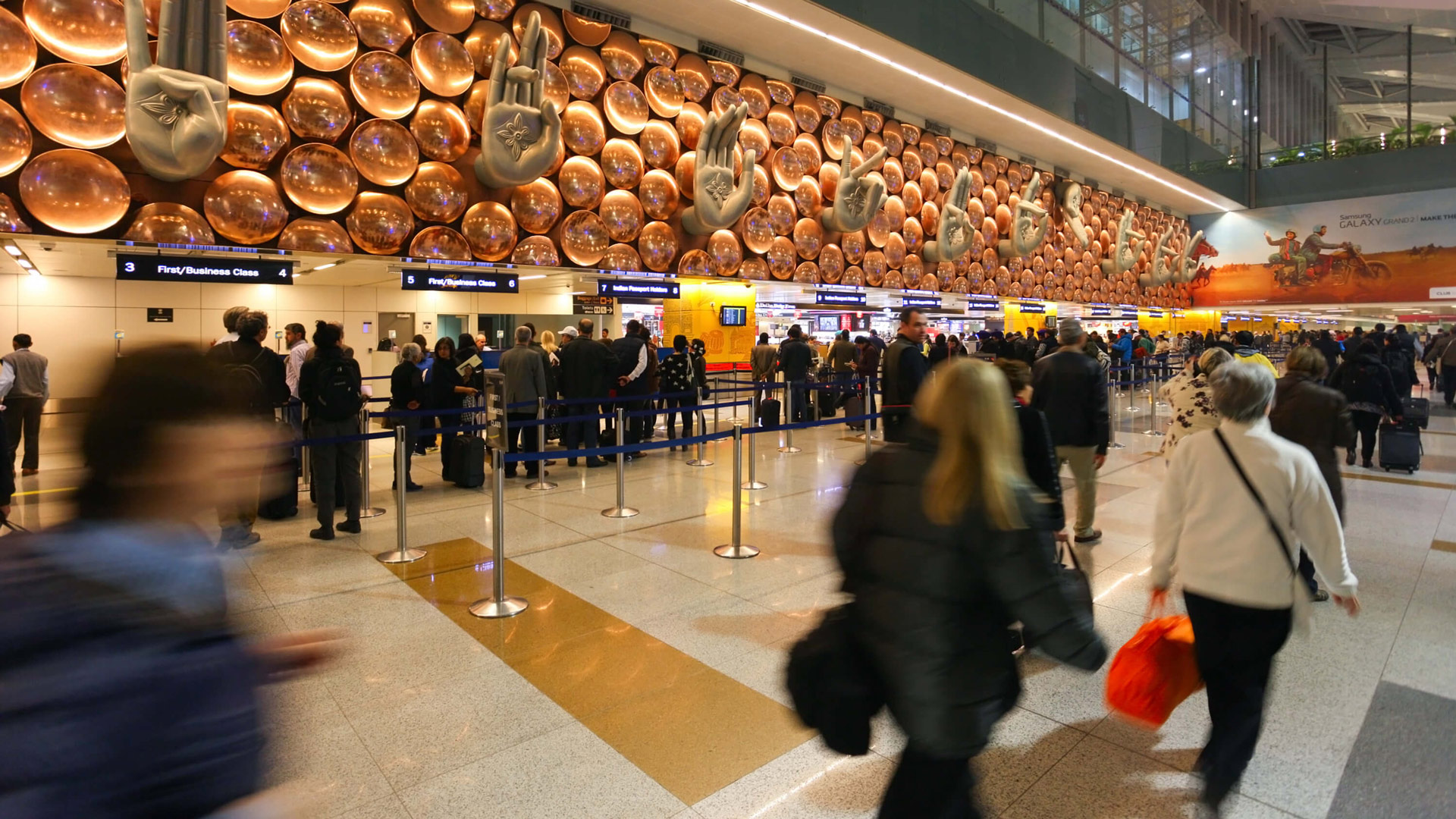
The aviation industry in India is seeing phenomenal growth. After China and the US, India now boasts the world’s third-largest domestic aviation market.
The growth is not a happy accident, nor the simple byproduct of an expanding population. Proactive government policies and liberalisation of the market are driving factors behind India’s aviation success.
READ MORE: India’s aviation sector is set to soar. Here’s why.
Through initiatives like the National Civil Aviation Policy and the UDAN programme, the Indian government has encouraged competition, reduced aviation-related taxes, expanded airport infrastructure and made air travel more affordable for everyday citizens.
Satair’s Account Director for South Asia, Vinod Dattani, told the Knowledge Hub that government support is “one of the biggest driving factors” behind the success of India’s aviation industry.
“There wasn’t much focus on aviation here for a very long time,” Dattani said. “It’s only somewhat recently that the government believed that this was an industrial sector that, if supported, could achieve a lot.”
Dattani pointed out that for many years, India’s aviation sector was overseen by a Minister of State, a junior position that is not a full cabinet minister. This changed in 2021 when Jyotiraditya Madhavrao Scindia was appointed full-time Minister of Civil Aviation in a cabinet reshuffle.
The cabinet elevation was just one of many moves made by the government of Prime Minister Narendra Modi to prioritise India’s aviation sector in recent years. Chief among those was the National Civil Aviation Policy (NCAP) implemented in 2016.
The policy aimed to improve and expand aviation nationwide by increasing regional connectivity, encouraging domestic airlines, and developing no-frills airports in under-served areas.
NCAP also relaxed legislation, like the previous ‘5/20’ rule which required airlines to have five years of operational experience and 20 aircraft to fly overseas. Seen as an unfair protection of established airlines and a hindrance to competition, the rule was replaced with a new policy that allowed airlines to start flying internationally based on their seat capacity instead of years of operation.
The scrapping of the 5/20 and other moves to liberalise the aviation market has allowed airlines like IndiGo, SpiceJet and Vistara to make their mark in an industry that was for many years dominated by Air India. The 2022 privatisation of Air India is also seen as a significant driver of the sector’s growth, as driven home by the airline’s recent purchase of 470 aircraft. The $70 billion buy was the biggest in aviation history.
Furthermore, recent efforts from the Indian government have aimed to reform taxes across states and in general with regards to commercial aerospace. While still not perfect these efforts are important in mitigating taxation that is seen as “unfriendly” towards the aviation industry in India.
But perhaps the most important aspect of NCAP is the UDAN scheme. The acronym comes from the Hindi phrase Ude Desh Ka Aam Nagrik, which loosely translated to English means “let every common citizen fly”.
Under UDAN, India has greatly enhanced the connectivity of its more remote areas. This has included a rapid expansion of the number of airports in the country. Whereas there were only 74 airports operating in the country as of 2014, that number is now doubled. Current plans call for a further expansion from the current 148 airports to 220 by 2024. The government’s $12 billion investment in airport infrastructure will also refurbish existing airports to further improve regional connectivity.
Dattani said that this focus on infrastructure has been greatly needed to meet the needs of India’s growing and disperse population.
“Obviously, these are not all international airports. Many are in tier two and tier three cities,” he said. “India is a big country and the population is spread throughout the landscape so these smaller airports are being developed to bring in new passengers.”
The UDAN scheme has also made flying more affordable. Under the plan, airlines were asked to sell half their seats at reduced, subsidised rates. In exchange, the government lowered taxes on aviation turbine fuels and made other moves to reduce the cost of operations so the savings could be passed to the passenger.
Making air travel more accessible and affordable reflects India’s changing demographics.
“We are a growing population and the income of our middle class is growing. As a result, there's more demand for flying,” Dattani said. “Travelling in an aircraft used to be a privilege for a small section of our population but the government has made a number of decisions to allow every common citizen to fly.”
For more on India’s rapidly growing aviation industry, including the country’s maintenance, repair, and overhaul (MRO) sector, be sure to read this month’s related article.
Join our newsletter
This blog is driven by Satair Marketing & Communication with input from both internal and external contributors.
Satair is a world leading provider of aftermarket services and solutions for the civil aerospace industry. Satair is a stand-alone company and Airbus subsidiary.